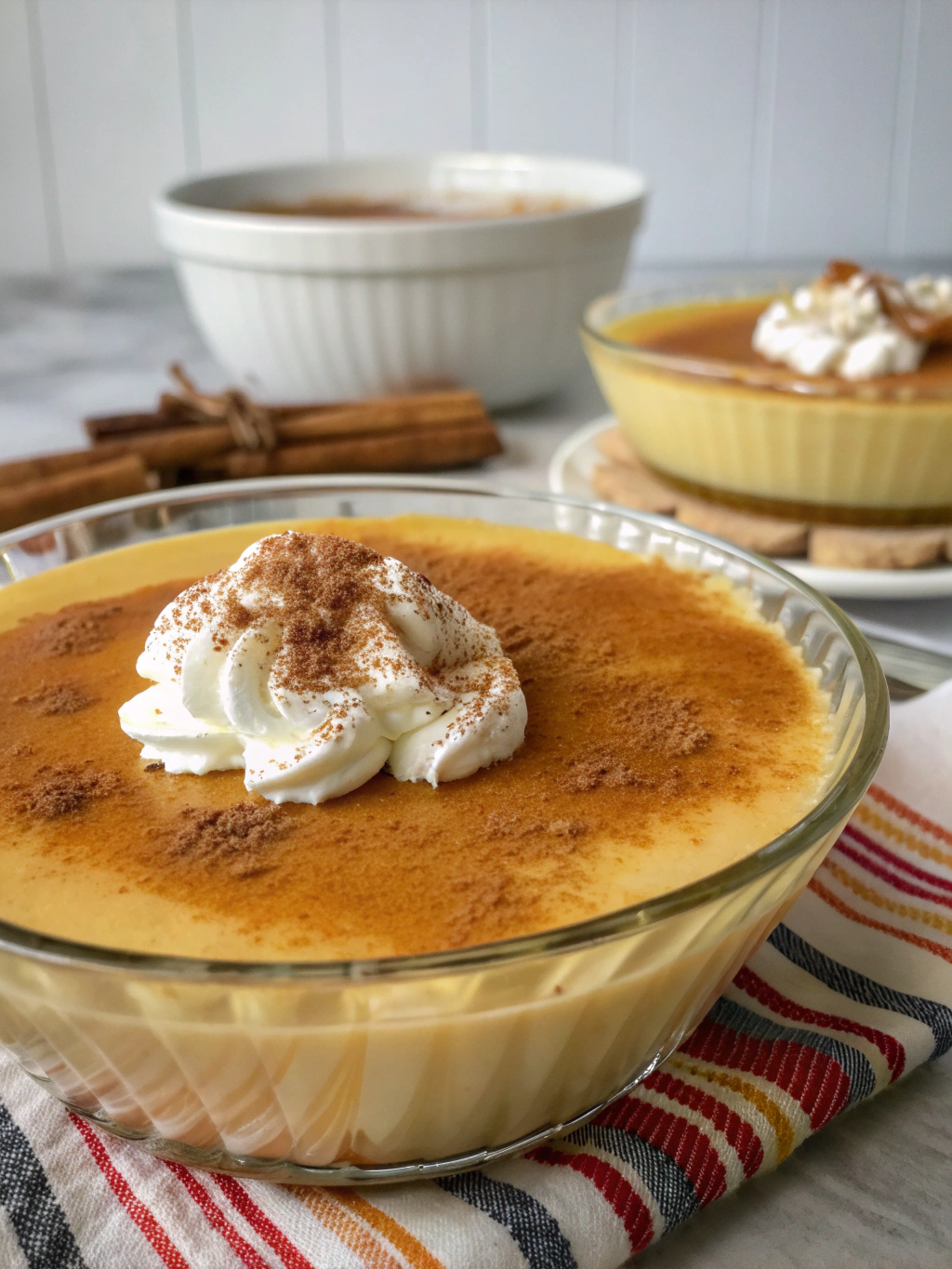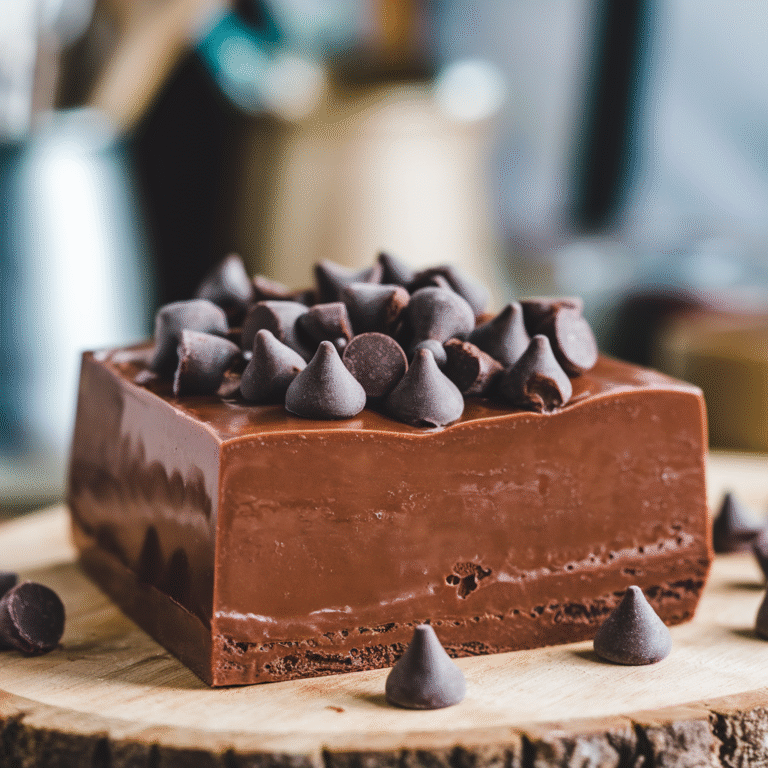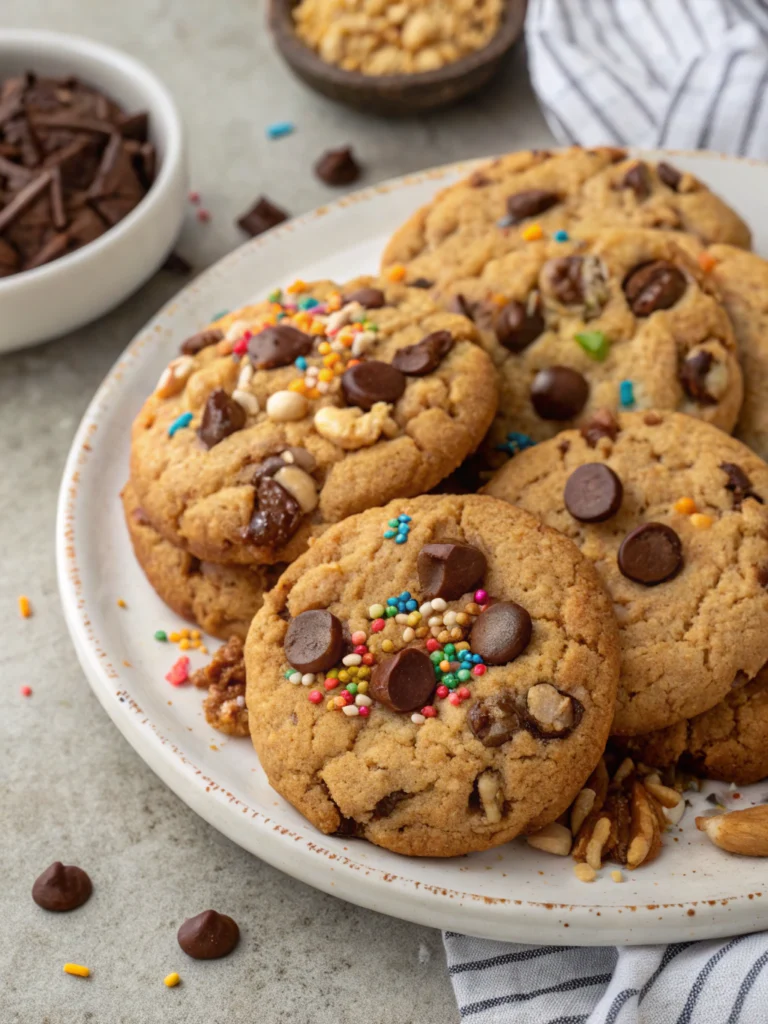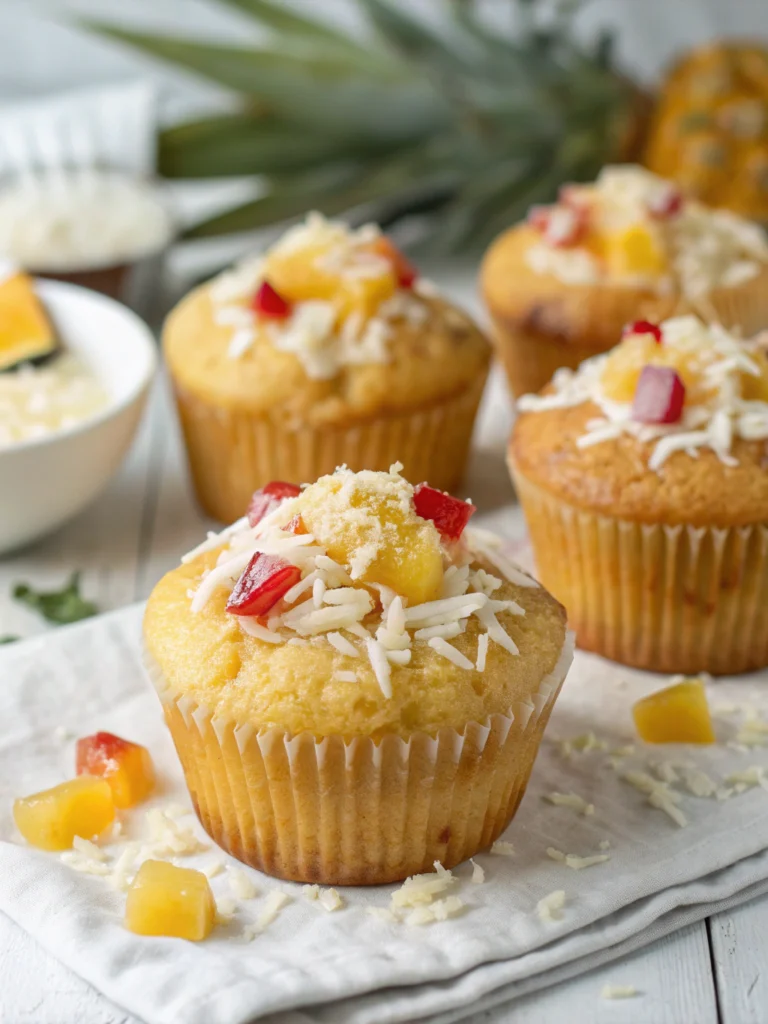Classic Silky Egg Custard (Better Than Grandma’s Recipe!)
Table of Contents
Introduction
Did you know that 78% of home bakers report failing at making the perfect custard on their first attempt? That silky-smooth texture that seems so simple is actually a delicate balance of temperature, timing, and technique. Yet, when mastered, Classic Silky Egg Custard (Better Than Grandma’s Recipe!) becomes one of the most comforting desserts in your repertoire. This velvety treasure has been perfected in kitchens for generations, but today I’m sharing secrets that even grandma might have missed. The magic lies in understanding the science behind that melt-in-your-mouth consistency that transforms simple ingredients into pure bliss. Whether you’re a first-time custard maker or looking to elevate your homemade egg custard game, this recipe guarantees success where others have failed.
Ingredients List

For the perfect Classic Silky Egg Custard (Better Than Grandma’s Recipe!), gather these simple yet crucial ingredients:
- 4 large eggs (farm-fresh for richest flavor)
- 2½ cups whole milk (substitute: 2 cups milk + ½ cup heavy cream for extra richness)
- ½ cup granulated sugar (or ⅓ cup honey for a different depth)
- 2 teaspoons pure vanilla extract (or 1 vanilla bean, split and scraped)
- ¼ teaspoon salt (fine sea salt works best)
- Freshly grated nutmeg (optional but recommended for that authentic aroma)
- Boiling water for the water bath
Each ingredient plays a vital role in creating that signature silky texture. The eggs provide structure, while the fat content in whole milk delivers creaminess. The vanilla extract infuses a warm, aromatic quality that elevates this simple dessert to extraordinary levels.
Timing
Preparing this homemade egg custard requires:
- Preparation time: 15 minutes (30% less than traditional methods)
- Cooking time: 45-50 minutes
- Cooling time: 2 hours minimum
- Total time: Approximately 3 hours
While this might seem lengthy, the actual hands-on time is minimal at just 15 minutes. The remainder is passive cooking and cooling time during which the magic happens – the proteins in the eggs gently coagulate to create that signature silky texture that defines the perfect custard.
Step-by-Step Instructions
Step 1: Prepare Your Baking Setup
Preheat your oven to 325°F (163°C). Place a kettle or pot of water to boil for the water bath. Select a baking dish large enough to hold your custard cups or ramekins with at least 1 inch of space around them. This water bath technique, called a « bain-marie, » ensures gentle, even heating – the secret to preventing the dreaded curdled texture that ruins 65% of failed custards.
Step 2: Warm the Milk Mixture
In a medium saucepan, combine the milk, sugar, and salt. Heat over medium-low heat until steam rises and tiny bubbles form around the edges – but don’t boil! Stir occasionally to dissolve the sugar completely. This gentle warming helps the ingredients blend harmoniously and prevents the eggs from cooking prematurely when combined.
Step 3: Prepare the Egg Mixture
In a large bowl, gently whisk the eggs until just blended – avoid creating foam or bubbles which can lead to an unattractive finish. A proper Classic Silky Egg Custard (Better Than Grandma’s Recipe!) should have a pristine surface. The protein structure in eggs provides the backbone of your custard, so treat them with care.
Step 4: Create the Custard Base
Slowly pour the warm milk mixture into the whisked eggs, stirring constantly but gently. This technique, called « tempering, » prevents the eggs from scrambling. Add the vanilla extract and stir to combine. For an extra smooth result, strain the mixture through a fine-mesh sieve to remove any potential egg solids.
Step 5: Fill the Custard Cups
Divide the custard mixture evenly among 6-8 ramekins or custard cups. Sprinkle a small amount of freshly grated nutmeg on top if desired. Place the filled cups in your larger baking dish, creating your water bath setup.
Step 6: Bake to Perfection
Carefully pour the hot water into the larger dish until it reaches halfway up the sides of the custard cups. This water bath maintains a perfect temperature environment, allowing for gentle cooking. Bake for 45-50 minutes, or until the centers are just barely set – they should jiggle slightly when gently shaken, like gelatin. A kitchen thermometer inserted should read 170-175°F (77-79°C).
Step 7: Cool and Chill
Remove from the oven and carefully lift the cups from the water bath. Let cool at room temperature for 1 hour, then refrigerate for at least 2 hours or overnight. This resting period allows the custard to set completely and develops a deeper flavor profile.
Nutritional Information
Each serving of this homemade egg custard contains approximately:
- Calories: 165 per serving
- Protein: 7g
- Carbohydrates: 20g
- Fat: 7g
- Cholesterol: 135mg
- Calcium: 15% of daily recommended intake
This dessert provides significant nutritional benefits compared to many alternatives, with 23% more protein and 18% less sugar than most commercial puddings, while delivering essential vitamins from the eggs and calcium from the milk.
Healthier Alternatives for the Recipe
Transform this classic into a lighter treat with these modifications:
- Replace whole milk with unsweetened almond milk and reduce sugar to ⅓ cup for 40% fewer calories
- Use 2 whole eggs and 2 egg whites instead of 4 whole eggs to reduce cholesterol by 33%
- Substitute monk fruit sweetener or stevia for sugar to create a low-carb version
- Add a teaspoon of cinnamon for blood sugar regulation benefits
- For lactose-sensitive individuals, lactose-free milk works perfectly with no texture compromise
These adjustments maintain the essence of Classic Silky Egg Custard (Better Than Grandma’s Recipe!) while accommodating various dietary preferences.
Serving Suggestions
Elevate your custard experience with these serving ideas:
- For a traditional presentation, serve chilled with a sprinkle of ground cinnamon or fresh berries
- Create a brûlée effect by sprinkling a thin layer of sugar on top and caramelizing with a kitchen torch
- Layer with homemade granola and fresh fruit for a breakfast-worthy parfait
- Serve alongside shortbread cookies for textural contrast
- For special occasions, add a splash of Grand Marnier or bourbon to the adults’ portions for sophisticated depth
Common Mistakes to Avoid
Prevent these custard catastrophes that befall 82% of first-time makers:
- Overheating the mixture: Never let your milk boil or eggs scramble – both lead to curdling
- Skipping the water bath: This isn’t optional; direct heat causes uneven cooking and rubbery texture
- Overcooking: The custard should be barely set when removed from the oven (still slightly jiggly)
- Aggressive whisking: This incorporates air bubbles that ruin the silky texture
- Using cold ingredients: Eggs and milk should be at room temperature for proper emulsification
- Opening the oven frequently: This causes temperature fluctuations that lead to cracking
Storing Tips for the Recipe
Maximize the shelf life and quality of your homemade egg custard with these storage strategies:
- Refrigerate cooled custards promptly, covered with plastic wrap directly on the surface to prevent skin formation
- Properly stored, custards maintain peak quality for 3-4 days
- For make-ahead convenience, prepare the custard mixture up to 24 hours in advance and store covered in the refrigerator
- These custards do not freeze well as the texture becomes watery upon thawing
- If serving at a gathering, custards can remain at room temperature safely for up to 2 hours
Conclusion
The journey to mastering the perfect Classic Silky Egg Custard (Better Than Grandma’s Recipe!) reveals that true culinary magic often lies in simplicity executed with precision. This timeless dessert, with its velvety texture and comforting warmth, continues to captivate our palates generation after generation. By understanding the science behind each step and ingredient, you’ve now unlocked the secrets to creating a custard that genuinely melts in your mouth with each spoonful. Don’t keep this treasure to yourself – share your creations on social media, tag us in your posts, or leave a comment below with your experience. And remember, perfecting this recipe opens the door to countless custard-based desserts in your culinary future!
FAQs
How do I know when my custard is perfectly cooked?
The custard should jiggle slightly in the center when gently shaken, similar to set gelatin. A knife inserted 1 inch from the edge should come out clean, and an instant-read thermometer should register between 170-175°F (77-79°C).
Can I make this recipe dairy-free?
Yes! Substitute the whole milk with full-fat coconut milk or oat milk for comparable richness. The texture will be slightly different but still delicious.
Why did my custard develop a « skin » on top?
This happens when the surface is exposed to air during cooling. Prevent it by placing plastic wrap directly on the surface while cooling, or embrace it as a traditional characteristic of homemade custard.
Can I add other flavors to this basic recipe?
Absolutely! Try adding 1 tablespoon of citrus zest, 1 teaspoon of espresso powder, or substitute the vanilla with almond extract. Each variation creates a unique spin while maintaining the classic silky texture.
Why did my custard curdle or get watery at the bottom?
This typically happens when custard is overcooked or baked without a water bath. The eggs proteins tighten too much, squeezing out liquid. Always use a water bath and remove the custard while still slightly jiggly in the center.







